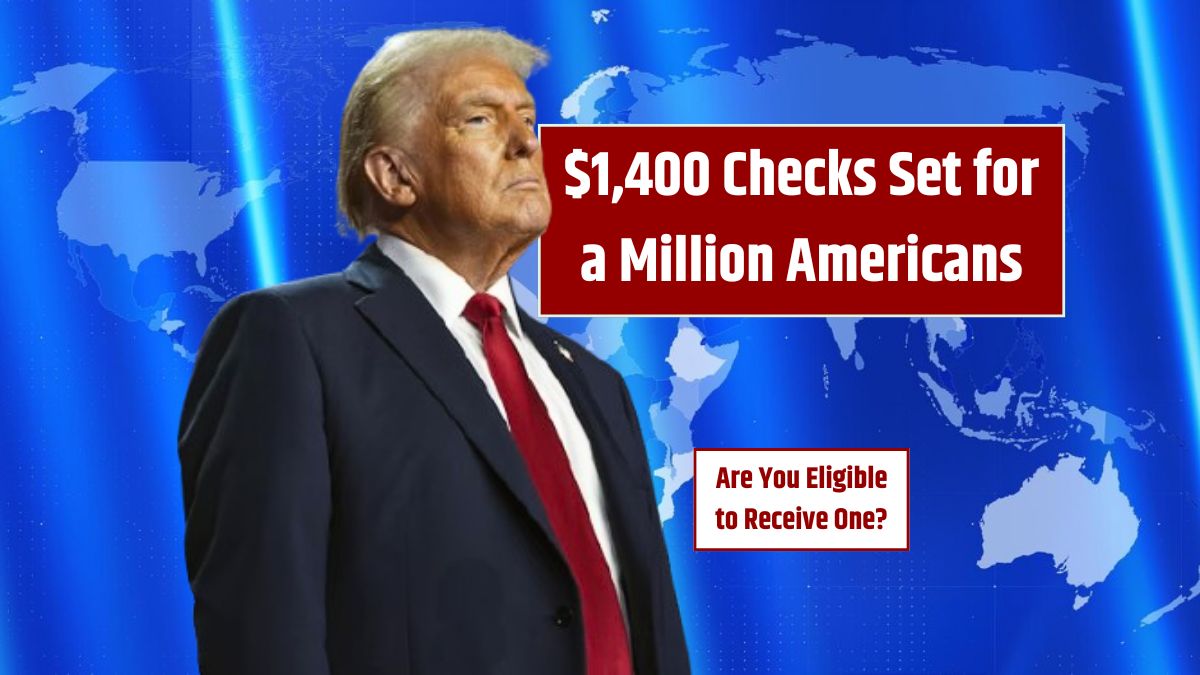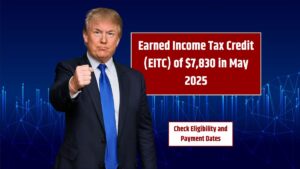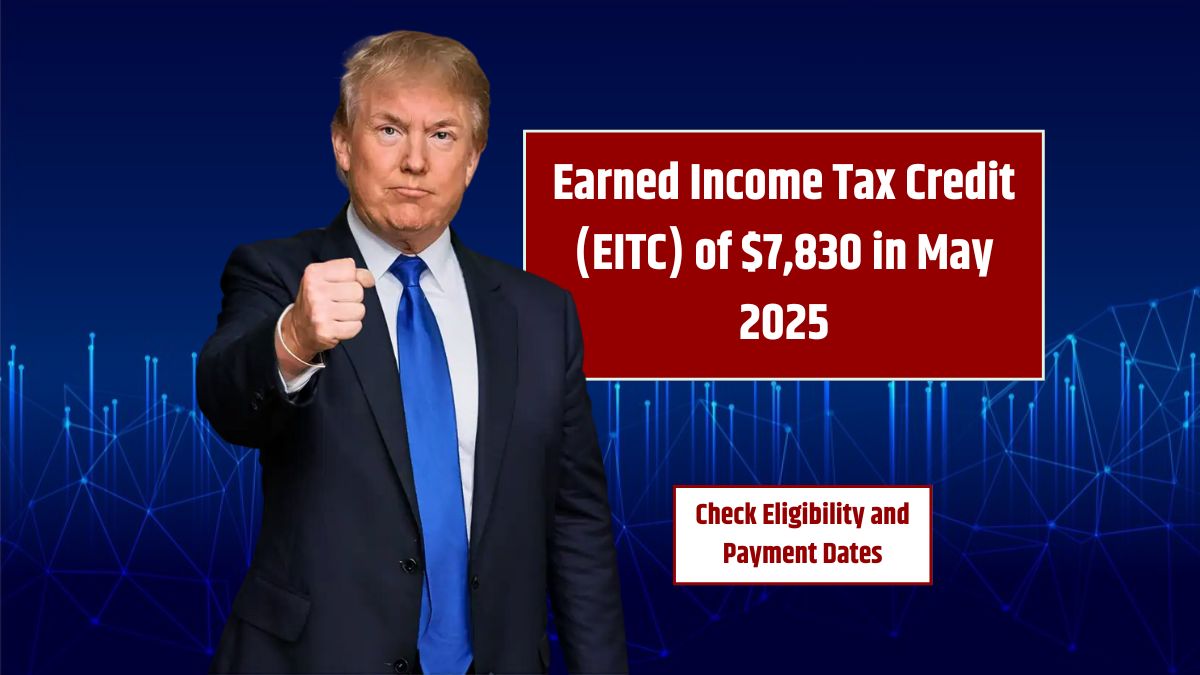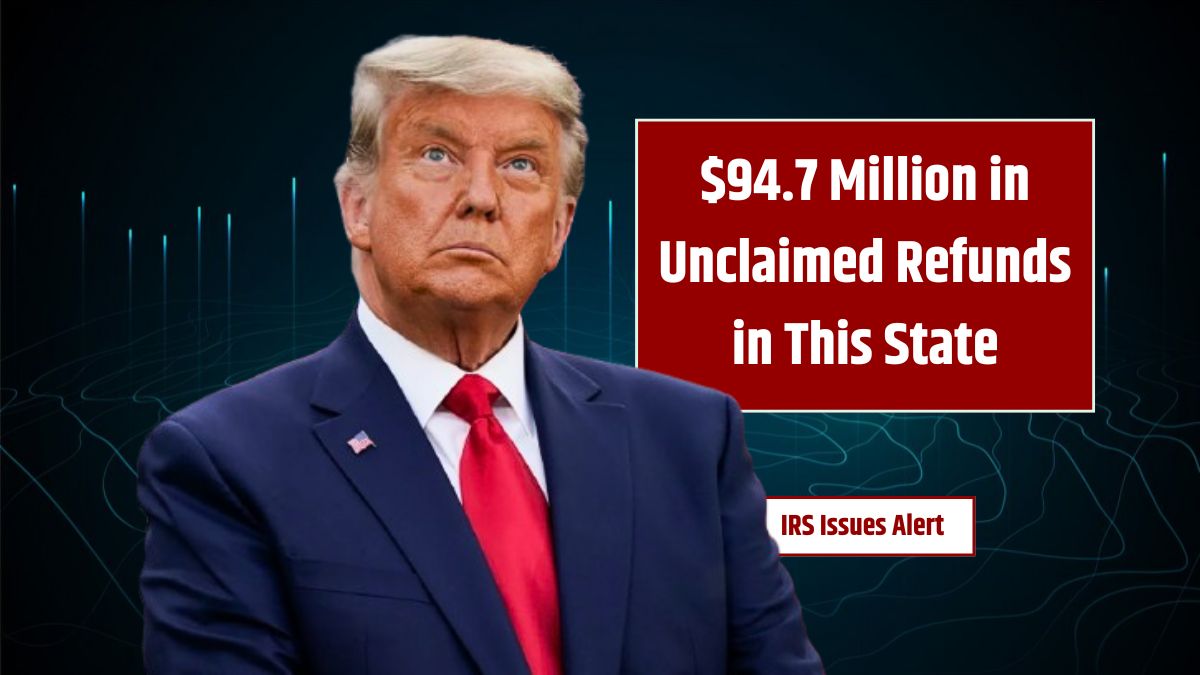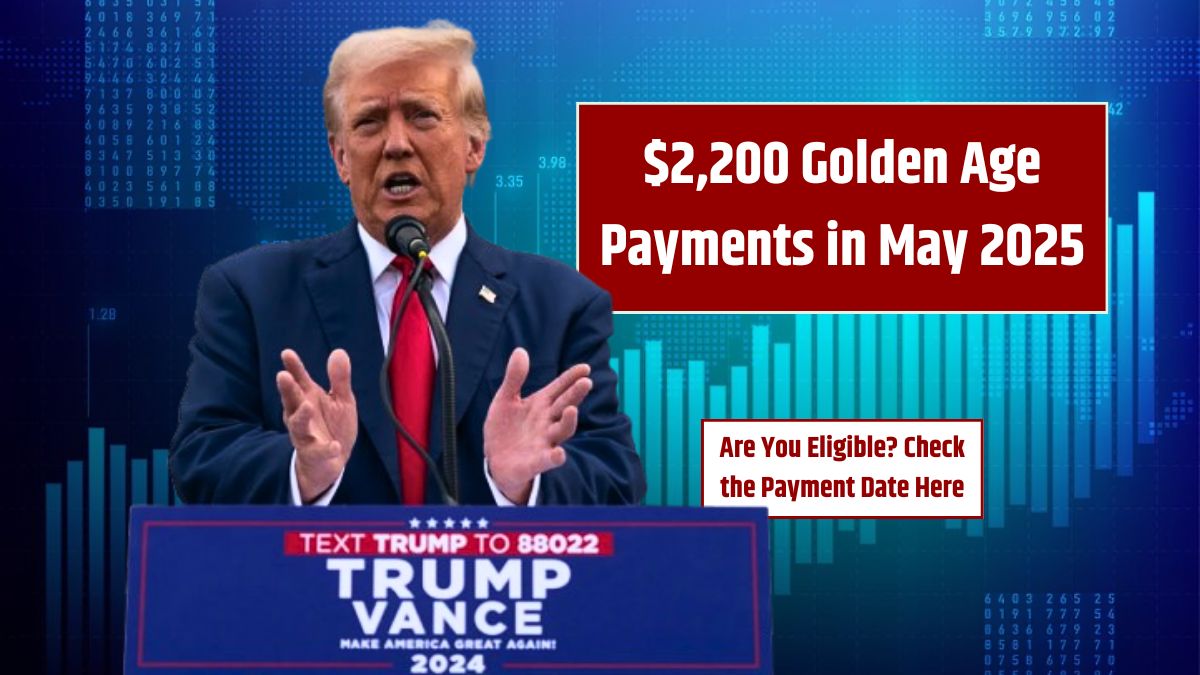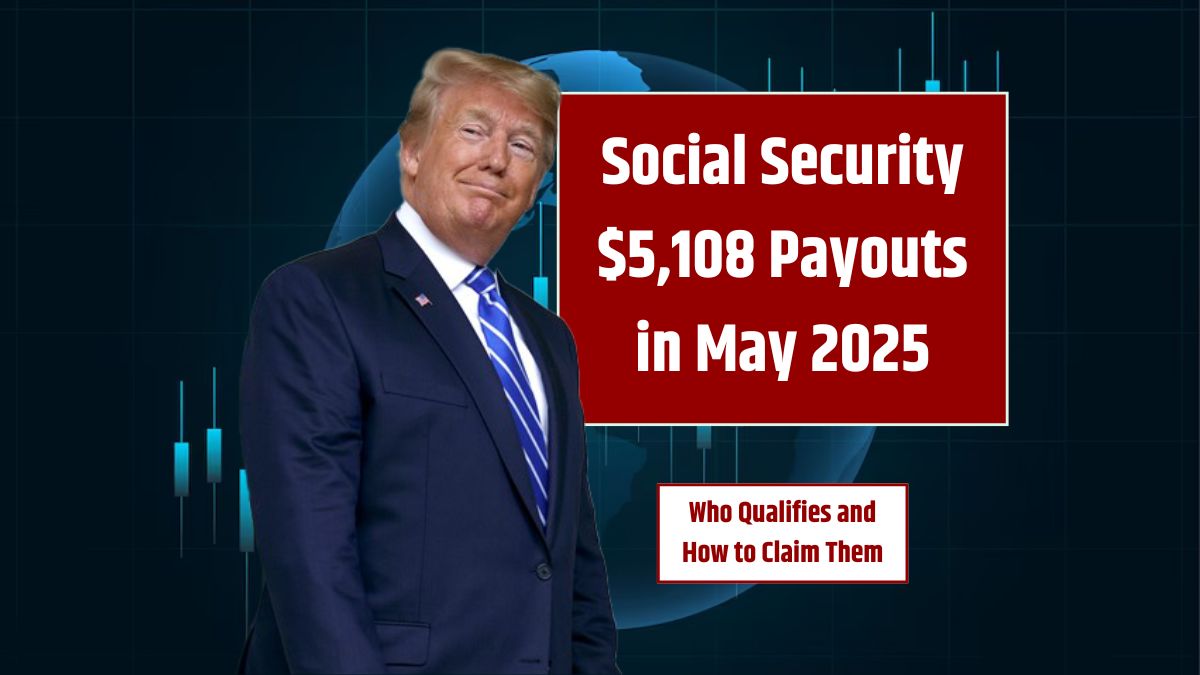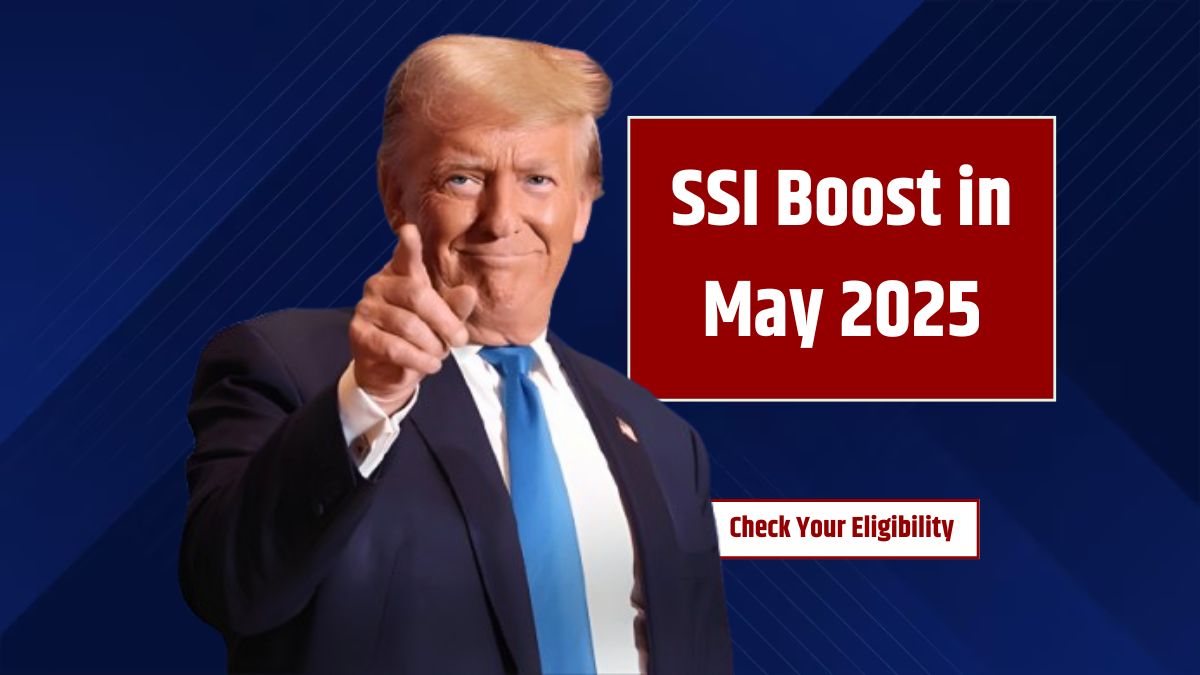As 2025 winds down, the IRS is preparing to send out $1,400 checks to nearly one million Americans. These payments are part of the 2021 Recovery Rebate Credit—a financial lifeline for those who missed out on prior stimulus checks. If you didn’t receive this credit on your 2021 tax return, you could still be eligible. Let’s break down who qualifies, how payments will be sent, and how to make sure you don’t miss out.
Overview
These $1,400 payments aim to support Americans who were eligible but didn’t receive the third stimulus check during the pandemic. Whether the IRS missed it or a mistake was made on your tax return, this initiative helps fix those errors.
| Topic | Details |
|---|---|
| Payment Amount | $1,400 per eligible person |
| Start Date | March 2025 |
| Arrival Deadline | By May 2025 |
| Eligibility | Filed 2021 return, missed the Rebate Credit |
| Income Limits | Up to $75K (Single), $150K (Married), $112.5K (Head) |
| Delivery Method | Direct deposit or paper check |
| Official Source | IRS Recovery Rebate Credit |
This is not a new stimulus but a correction for past errors—one that could put a sizable check in your mailbox or bank account.
Background
The Recovery Rebate Credit was part of pandemic relief efforts. While most Americans received the payment automatically, nearly one million people didn’t, often due to filing errors or missing entries on their 2021 tax returns. The IRS is now addressing that gap and ensuring eligible individuals get what they’re owed.
These payments can ease financial pressure, helping with rent, bills, groceries, or medical costs. It’s also a reminder of why accurate tax filing matters more than ever.
Eligibility
To receive the $1,400 check in 2025, you must meet these conditions:
- Filed a 2021 Tax Return
If you filed your return but left the Recovery Rebate Credit blank or entered $0 by mistake, you may still be eligible. The IRS will review your return to determine if a payment is due. - Income Below Limits
Your Adjusted Gross Income (AGI) must fall within the limits:
| Filing Status | Full Payment Up To | Phase-Out Ends At |
|---|---|---|
| Single | $75,000 | $80,000 |
| Married Jointly | $150,000 | $160,000 |
| Head of Household | $112,500 | $120,000 |
If you earned slightly above the full payment limit, you might still receive a partial amount.
- Other Requirements
- You must have a valid Social Security Number
- You cannot be claimed as a dependent
- You must be a U.S. citizen or resident alien
How to Check
Not sure if you qualify? Follow these steps:
- Review Your 2021 Tax Return
Check the Recovery Rebate Credit section. If it was skipped or incorrectly filled out, you might be on the list. - Watch for IRS Notices
The IRS is mailing letters to eligible recipients. Make sure your address is updated so you don’t miss it. - Use the IRS Eligibility Tool
Head to the IRS website to use their free Recovery Rebate Credit checker. It walks you through your situation step-by-step.
Delivery
The IRS will issue payments automatically—no extra forms required if you’re eligible. Here’s how they’ll deliver them:
- Direct Deposit
If you listed bank info on your 2023 return, the IRS will deposit your check directly into your account. - Paper Checks
No direct deposit info? The IRS will mail a check to your address. These take longer to arrive, so confirm your address is current. - Need to Update Info?
Use IRS Form 8822 to change your address. If you need to update your banking details, contact the IRS directly. Acting early avoids delays.
Timeline
Here’s when you can expect your check:
| Date | Action |
|---|---|
| March 2025 | Payments begin—direct deposit first |
| April 15, 2025 | Final deadline to file 2021 return |
| By May 2025 | Most payments completed |
If you haven’t filed a 2021 return yet, time is running out. You must do so by April 15, 2025, to receive the Recovery Rebate Credit.
FAQs
Who is eligible for the $1,400 payment?
Anyone who filed a 2021 return but missed the rebate credit.
When will I get my check?
Payments begin in March 2025 and end by May 2025.
How will I receive the money?
Through direct deposit or a mailed paper check.
What income qualifies for full payment?
Up to $75K (single), $150K (married), $112.5K (head of household).
What if my info changed?
Update your address or bank info with the IRS immediately.
